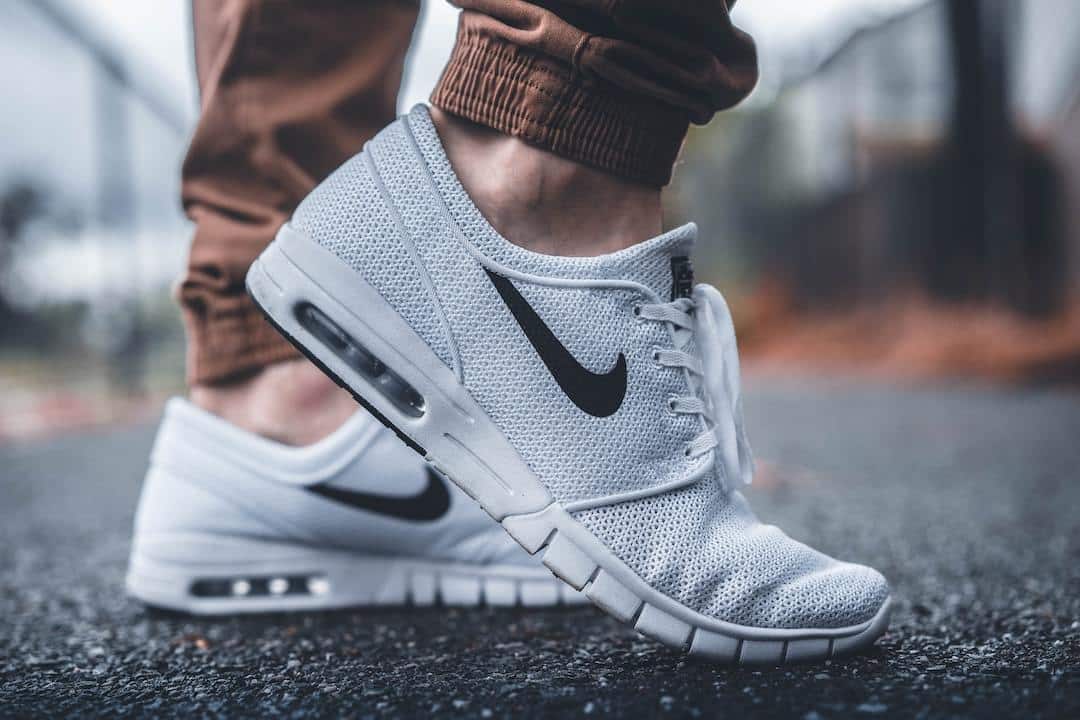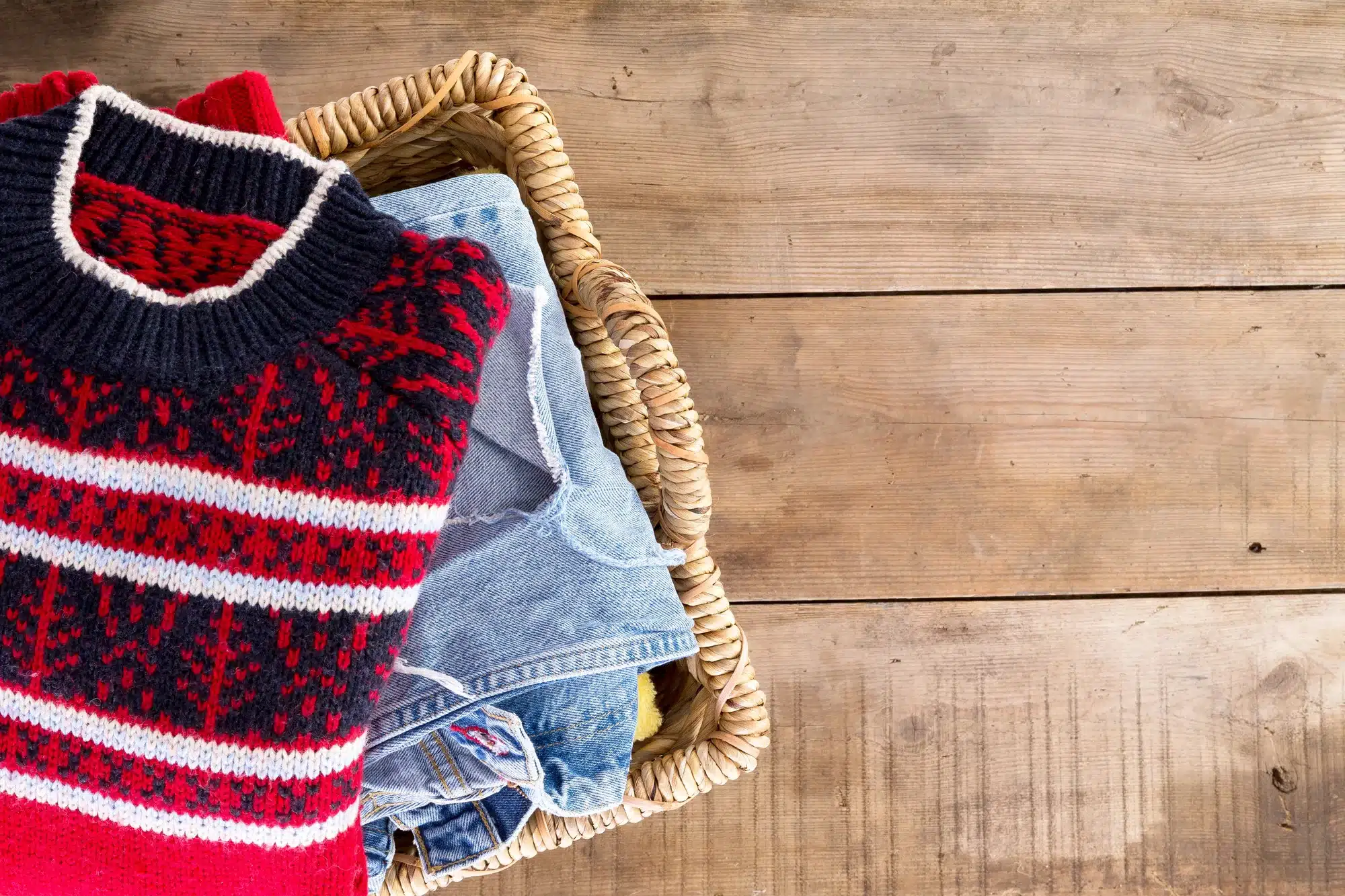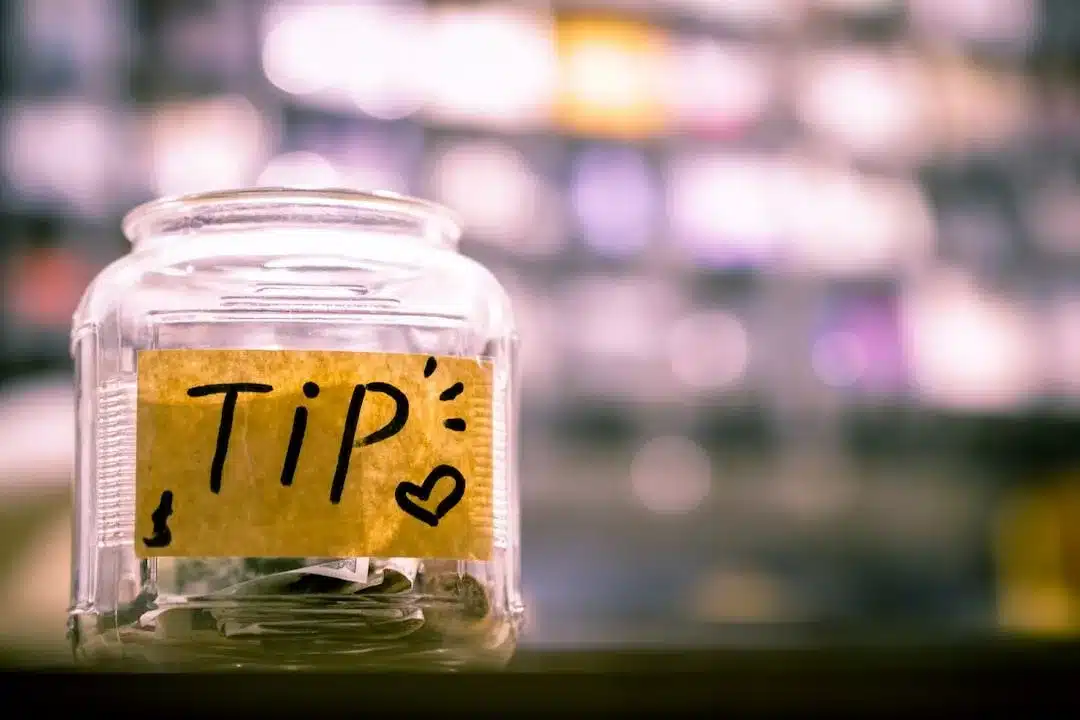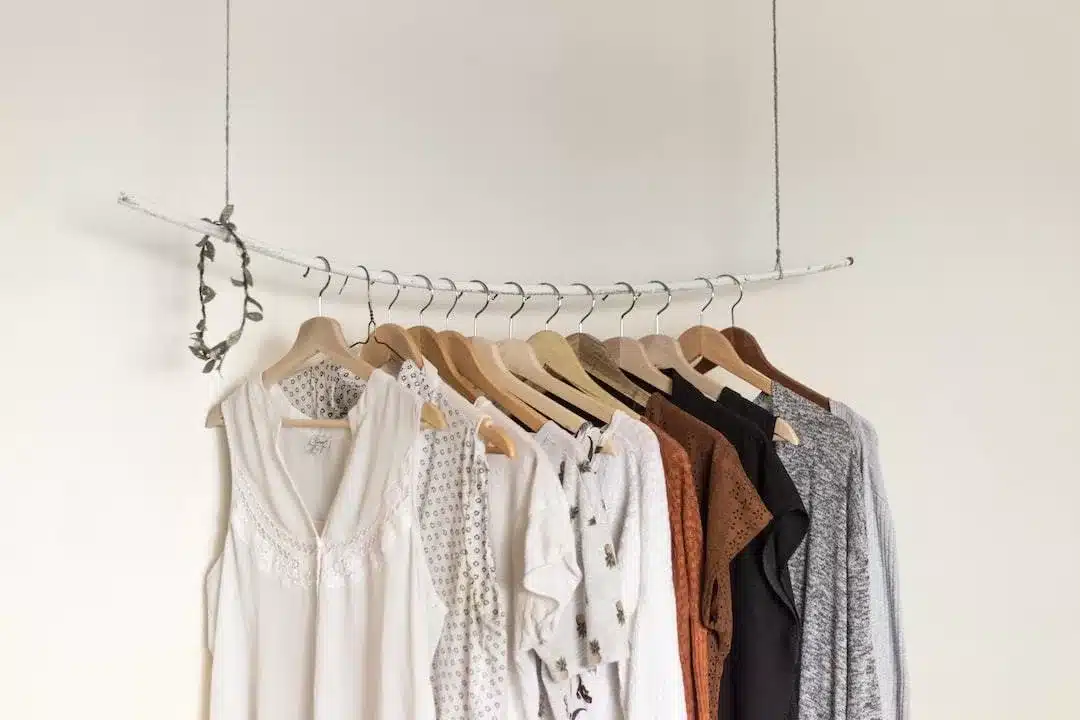
Learning how to disinfect shoes from the thrift store is essential for those who enjoy finding unique and affordable footwear while also maintaining proper hygiene. In this comprehensive guide, we will explore various methods and techniques that ensure your thrifted shoes are clean, safe, and ready to wear.
From choosing the right pair at Red Racks by examining their condition to preparing them for disinfection by removing laces and insoles, our step-by-step process covers all aspects of cleaning second-hand shoes. We will delve into specific care tips for different materials such as leather and suede, as well as effective sanitizing solutions for interior surfaces including insoles.
Furthermore, you’ll discover how to properly dry your disinfected shoes without causing damage and why wearing socks with used footwear is crucial. With these expert insights on how to disinfect shoes from the thrift store, you can confidently rock your vintage finds while ensuring optimal cleanliness.
Table of Contents:
- Inspecting Thrift Store Shoes
- Checking for Signs of Excessive Wear
- Identifying Cracks or Damage in Outsoles
- Start Cleaning
- Choose the Right Cleaning Solution
- Disinfecting Thrift Store Shoes
- Drying Your Shoes
- Cleaning Shoe Exteriors
- How to Disinfect Shoes from the Thrift Store
- Disinfecting Shoe Interiors
- Sanitizing Options for Used Shoes
- Drying Process for Disinfected Shoes
- Handling Stubborn Stains or Heavily Soiled Areas
- Deep Cleaning Shoe Soles
- FAQs in Relation to How to Disinfect Shoes From the Thrift Store
- Conclusion
Inspecting Thrift Store Shoes
Before purchasing second-hand shoes from thrift stores like Red Racks, it’s crucial to inspect them for excessive wear, cracks in the outsole material, rips, or holes, and check their overall condition. This will help you determine if the shoes are worth buying and disinfecting.
Checking for Signs of Excessive Wear
To ensure that your thrifted shoes have a long life ahead of them, look closely at areas such as the heel and toe cap. Check for any signs of fraying fabric or worn-down soles. If there’s not much damage, these shoes could be a great buy.
Identifying Cracks or Damage in Outsoles
The outsole is an essential part of any shoe; it provides traction and support while walking. When examining thrift store shoes, pay close attention to the outsoles for any cracks or damage that may affect their functionality. Look specifically at areas where the sole meets the upper portion of the shoe – this is often where separation occurs over time due to normal use.
- TIP: Bring along a flashlight when shopping at thrift stores to better examine potential purchases in dimly lit environments.
- BONUS: Don’t forget about checking inside each shoe. Use your fingers (or even bring disposable gloves) to feel around inside for hidden issues like torn linings or loose stitching.
Once you’ve found the perfect pair of thrift store shoes, it’s time to start cleaning and disinfecting them. Here are some tips to help you get started:
Start Cleaning
Before disinfecting your thrifted shoes, it’s important to clean them thoroughly. Remove any dirt or debris from the surface of the shoes using a clean cloth or soft-bristled brush. For suede shoes, use a suede cleaning block to gently scrub away any stains or marks.
Choose the Right Cleaning Solution
When it comes to cleaning thrift store shoes, it’s important to avoid harsh chemicals that could damage the material. Instead, opt for mild detergent or laundry detergent mixed with clean water. For leather shoes, use a leather conditioner to keep them looking their best.
Disinfecting Thrift Store Shoes
Disinfecting thrift store shoes is essential to kill bacteria and avoid toenail fungus. You can use a shoe sanitizer spray or a disinfectant spray to kill bacteria and germs. Alternatively, you can make your own disinfectant spray by mixing rubbing alcohol and water in a spray bottle. For white shoes, you can use a bleach spray to remove any stains or discoloration.
Drying Your Shoes
After cleaning and disinfecting your thrifted shoes, it’s important to let them dry completely before wearing them. Remove any removable insoles and let them dry separately. For delicate shoes, hand wash them and let them air dry. For other shoes, you can put them in the washing machine on a gentle cycle or use a shoe dryer to speed up the drying process.
By following these tips, you can find and disinfect thrift store shoes to make them look and feel like new again.
Inspecting thrift store shoes thoroughly can help ensure that you purchase a pair of quality footwear. Cleaning the shoe exteriors is an important step in maintaining their condition and prolonging their lifespan.
Cleaning Shoe Exteriors
When you bring home a pair of thrifted shoes from Red Racks Thrift Store, it’s essential to give them a thorough cleaning. To effectively clean shoe exteriors, start by removing any dirt and grime using a brush. For leather or suede shoes, opt for specialized brushes that won’t damage the material.
- Removing dirt and grime with brushes: Use a soft-bristle brush or an old toothbrush to gently scrub away surface dirt on your newly acquired vintage shoes. This will help prevent scratches and maintain their appearance.
- Using mild soap solutions on different materials: Mix some mild detergent with lukewarm water in a spray bottle. Gently mist the solution onto your thrift store shoes before wiping down surfaces with a clean cloth rag, taking care not to oversaturate delicate materials like leather or suede.
If you’re dealing with mesh shoes or sneakers, consider machine washing them if they are safe for this method; otherwise, hand wash using laundry detergent mixed in warm water. Be sure to put shoes inside a mesh laundry bag before placing them into the washing machine to protect both the footwear and other items during the cleaning process.
In addition to keeping your new-to-you dress shoes looking fresh, proper exterior cleaning also helps extend their lifespan by preventing the buildup of harmful bacteria that can cause odors and degrade materials over time. So don’t skip this crucial step when adding second-hand kicks from Red Racks Thrift Store.
Cleaning the exterior of shoes is a crucial step in ensuring they are hygienic and presentable. Moving on, we will discuss techniques for disinfecting shoe interiors to ensure complete hygiene.
How to Disinfect Shoes from the Thrift Store
If you’re an avid thrift store shopper, you know that finding a great pair of shoes can be a real score. However, it’s important to disinfect thrift store shoes before wearing them to avoid toenail fungus, bacteria, and other germs. Here’s how to clean and disinfect your thrifted shoes:
Disinfecting Shoe Interiors
For cleaning shoe interiors thoroughly without damaging delicate fabrics like suede or mesh, hand-washing methods are recommended. Dip removable insoles into warm water mixed with laundry detergent solution before rinsing them off completely. Let’s discuss the proper techniques for different materials and how to rinse insoles effectively.
Hand-washing Techniques for Various Materials
- Suede shoes: Use a suede cleaning block to gently scrub away dirt and stains on the interior of your thrifted shoes. Avoid using water as it can damage the material.
- Leather shoes: Create a mild soap solution by mixing a few drops of dishwashing liquid with lukewarm water. Dampen a clean cloth with this mixture and gently wipe down the inside of your leather shoes, taking care not to saturate them. Afterward, use another damp cloth dipped in clean water to remove any soap residue.
- Fabric or mesh shoes: Remove any loose dirt from the interior using a soft brush or vacuum cleaner attachment before hand washing with a mild detergent diluted in warm water. Gently scrub using an old toothbrush if necessary.
Rinsing Insoles Properly After Washing
To ensure that you’ve removed all traces of laundry detergent from your removable insoles, follow these steps:
- Gently squeeze out excess soapy water from each insole.
- Dip each one into clean running tap water until no more suds appear when squeezed again (this may take several dips).
- Press down on the insoles with a clean towel to eliminate any extra moisture.
- Air-dry them completely before reinserting them into your disinfected thrift store shoes.
By following these steps, you can ensure that your thrift store shoes are clean and disinfected before wearing them. Remember to avoid harsh chemicals like bleach spray and opt for gentler solutions like shoe sanitizer spray or rubbing alcohol solution. Happy thrifting.
It is important to take the necessary precautions when disinfecting shoe interiors, as this can prevent any potential health risks. Moving on, there are various sanitizing options for used shoes that should be considered before wearing them.
Sanitizing Options for Used Shoes
There are several effective options available for sanitizing your newly purchased used shoes from thrift stores like Red Racks. These methods help kill germs and neutralize odors, ensuring that your second-hand shoes are clean and fresh.
Bleach Spray and Rubbing Alcohol
Bleach spray diluted with water or a rubbing alcohol solution can be applied to the interior of the shoe using a spray bottle. Be sure to avoid direct contact with delicate fabrics like suede or mesh to prevent discoloration or damage during the application process.
Clorox Wipes and Lysol Spray
Clorox wipes or Lysol spray disinfectant, when used sparingly, can also effectively sanitize both the exterior and interior surfaces of thrifted shoes. Remember to follow manufacturer instructions on the product packaging for optimal results.
Baking Soda Vinegar Mixtures for Odor Control
A mixture of baking soda and vinegar is an excellent natural option for eliminating foul smells caused by bacterial growth within your vintage shoes. Sprinkle a bit of baking soda inside the shoes, let it rest for some hours or overnight, and then vacuum out any remaining particles. For added freshness, you can also spray a vinegar solution into your shoes.
UV Light Sanitizers
UV light sanitizers provide excellent results in eliminating up to 99% of microbes found deep within shoe soles. However, access to these devices might be limited due to cost and availability restrictions.
To conclude, it is important to take the time and effort necessary when sanitizing used shoes. Properly drying them afterward will ensure that any germs or bacteria have been eliminated. To continue with this process of shoe sanitation, proper air-drying techniques must be utilized in order to achieve optimal results.
Drying Process for Disinfected Shoes
After cleaning both the interior and exterior portions of the shoes, it is essential to give them ample drying time. Properly drying your newly disinfected thrift store shoes will help maintain their shape and integrity. The following steps can guide you through an effective air-drying process:
- Avoid Direct Sunlight: Although sunlight is a natural disinfectant, exposing delicate shoes like leather or suede to direct sunlight may cause discoloration or damage. Instead, find a shaded area with good airflow where they can dry safely.
- Proper Air-Drying Techniques: Place the clean shoes on a flat surface lined with paper towels or newspaper to absorb excess moisture. If possible, remove insoles and laces for faster drying times.
- Maintain Shape During Drying: To prevent creasing or misshaping during the drying process, stuff your hand-wash-only dress shoes with clean cloth rags or tissue paper while they dry.
- Tumble Dry Low (if applicable): For machine wash-safe mesh shoes without removable insoles, consider using the tumble dry low setting on your washing machine after placing them inside a pillowcase for protection against potential damage from tumbling around too much during this cycle.
In general, allowing at least 24 hours for thorough shoe drying is recommended before wearing them again. By following the appropriate steps and taking care of your secondhand footwear, you can enjoy their comfort and fashion for an extended period.
Proper air-drying techniques and avoiding direct sunlight are essential for disinfecting shoes. With the right tools, even stubborn stains or heavily soiled areas can be cleaned with ease.
Handling Stubborn Stains or Heavily Soiled Areas
Thrift store shoes can sometimes come with stubborn stains or heavily soiled areas that require a bit more effort to clean. In these cases, it’s essential to use the right tools and techniques for effective cleaning without causing damage.
Using Toothbrushes for Deep Cleaning
A toothbrush is an excellent tool for scrubbing away dirt from hard-to-reach areas on your thrifted shoes. Dip the toothbrush in a mild detergent solution and gently scrub the stained area until the dirt lifts off. For white shoes, you can also create a paste made of baking soda, hydrogen peroxide, and water to tackle tougher stains.
Specialized Tools for Suede Shoe Care
Suede shoes require special care when dealing with stubborn stains. A suede brush, which has soft bristles specifically designed for this delicate material, should be used along with dish soap solutions or suede cleaning products available in stores. To remove surface dirt and grime from suede shoes, gently rub the brush back and forth over the affected area following the natural grain of the fabric.
In addition to brushes, consider using a vinegar mixture as another option to clean surface dirt on various shoe materials like leather or mesh. Mix equal parts water and white vinegar in a spray bottle; then lightly mist onto stained areas before wiping them down with a clean cloth dampened by warm water.
Note: Always test any cleaning solution on a small, inconspicuous area of the shoe before applying it to larger areas to avoid discoloration or damage.
When dealing with stubborn stains or heavily soiled areas, it is important to use specialized tools and techniques such as toothbrushes for deep cleaning. Moving on from this, the next step in disinfecting shoes from thrift stores is to focus on deep cleaning shoe soles.
Deep Cleaning Shoe Soles
One of the most important steps in disinfecting thrift store shoes is deep cleaning their soles. Removing dirt, grime, and bacteria from the soles of thrift store shoes is essential to disinfect them properly. To do this effectively, you can create a powerful yet gentle cleaning paste using baking soda, hydrogen peroxide, and warm water.
Preparing Baking Soda-Hydrogen Peroxide Paste
- In a small bowl or container, mix equal parts of baking soda and hydrogen peroxide.
- Add enough warm water to form a thick paste-like consistency.
- Mix well until all ingredients are evenly combined.
Application Process on Shoe Soles
- Gently apply the prepared paste onto the shoe’s soles using an old toothbrush or clean cloth. Be sure to cover every inch of the sole for maximum effectiveness.
- Let the mixture sit on your shoes for about 15 minutes. This allows it to penetrate deeply into any grooves or indentations where germs might be lurking.
- Rinse off thoroughly with clean water to remove all traces of the paste from your shoes’ surfaces. You can use a hose or place them under running tap water if needed.
This method not only ensures that your newly purchased second-hand shoes from Red Racks Thrift Store are free from harmful bacteria but also helps maintain their overall appearance and longevity. So, don’t hesitate to give your thrifted shoes a thorough deep clean before wearing them.
FAQs in Relation to How to Disinfect Shoes From the Thrift Store
What is the best way to disinfect the inside of shoes?
The most effective method for disinfecting the inside of shoes is by using a combination of cleaning solutions, such as warm water and detergent or vinegar-based mixtures, followed by applying common household disinfectants. Additionally, consider using UV light sanitizers for an extra layer of protection.
Are second-hand shoes safe?
Second-hand shoes can be safe if properly disinfected and cleaned before use. It’s essential to thoroughly inspect and sanitize thrift store shoes to eliminate any potential bacteria or fungi that may cause infections or odors. Always wear socks with used shoes for added safety.
Can you spray Lysol inside shoes?
You can safely spray Lysol Disinfectant Spray inside your thrift store shoes as it effectively kills germs on surfaces. However, make sure to let them air dry completely after spraying them before wearing them again.
Does hydrogen peroxide disinfect shoes?
Hydrogen peroxide, at concentrations between 6-7%, has been proven effective in killing various microorganisms on surfaces including shoe interiors. To use this solution on your thrift store footwear, dampen a cloth with hydrogen peroxide and gently wipe down all interior surfaces; then allow it to air dry completely.
Conclusion
Thrifting is a great way to save money and find unique items, but it’s important to properly disinfect shoes before wearing them. By following the steps in this guide, you can ensure that your thrift store shoes are sanitized and ready to wear. Remember to check for signs of wear, examine the outsole material condition, and look for rips or holes before starting the cleaning process.
Cleaning different types of shoe materials requires different techniques. For interior surfaces including insoles, use warm water and a mild detergent solution or a vinegar-based cleaning mixture. Disinfecting methods include using common household disinfectants, a baking soda and vinegar mixture, or UV light sanitizers. After disinfecting, it’s crucial to dry your shoes properly.
If you’re looking for affordable thrift store options with quality products, visit Red Racks Thrift Stores. Start saving money while keeping yourself safe by learning how to disinfect shoes from the thrift store today!






Thanks for the information. Please visit our website
https://prnvservices.com/